Early rail concepts
Wooden tracks used to haul coal in North East England
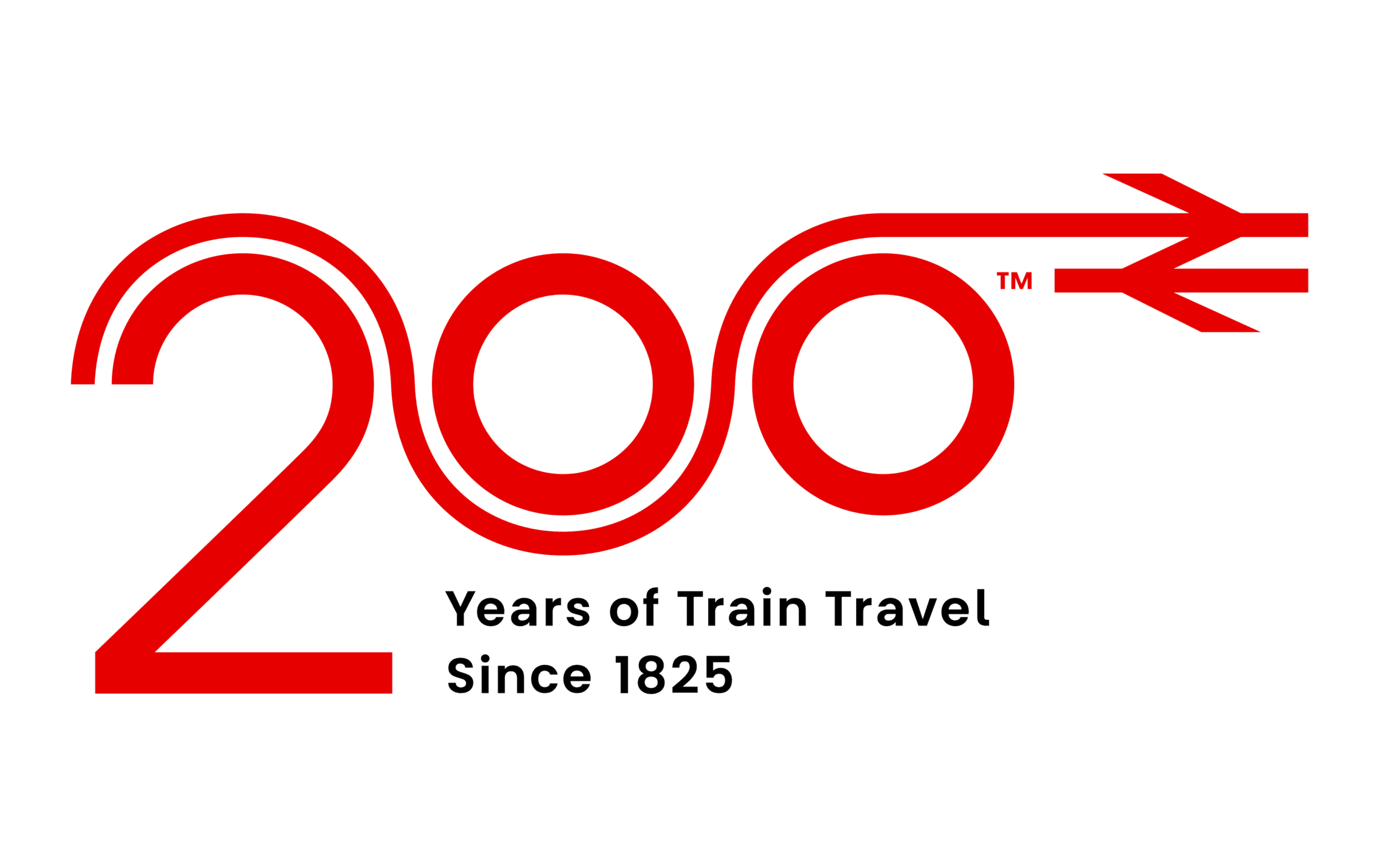
Officially celebrated on 27th September, Railway 200 is a nationwide campaign to celebrate 200 years since the Stockton & Darlington Railways opened in 1825 – the world’s first passenger railway.
Before passenger services were introduced, the railway was used primarily for mining and industrial operations. Run on private tracks you wouldn’t have seen any stations or timetables. The first steam-powered railway locomotive was built by Richard Trevithick in 1804, however it wasn’t commercially successful. George Stephenson’s much improved steam locomotive design led to the success of Stockton & Darlington Railway – and the rest, as they say, is history.
A lot has changed since 1825, and the railway we travel on today is unrecognisable compared to earlier versions.
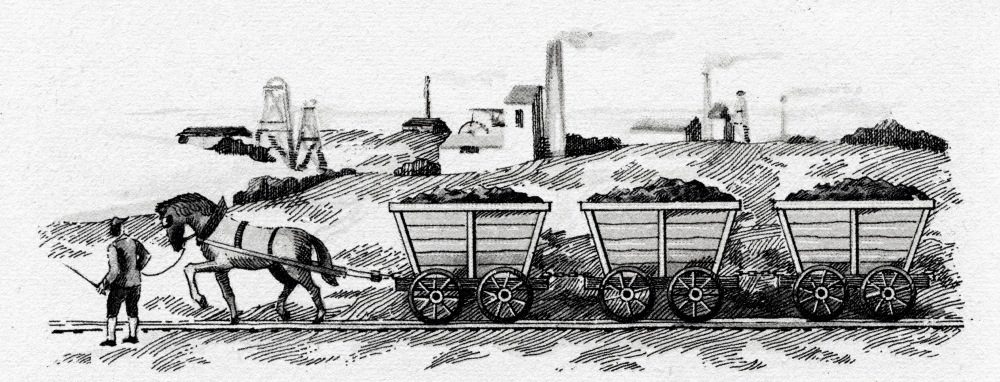
Wooden tracks used to haul coal in North East England
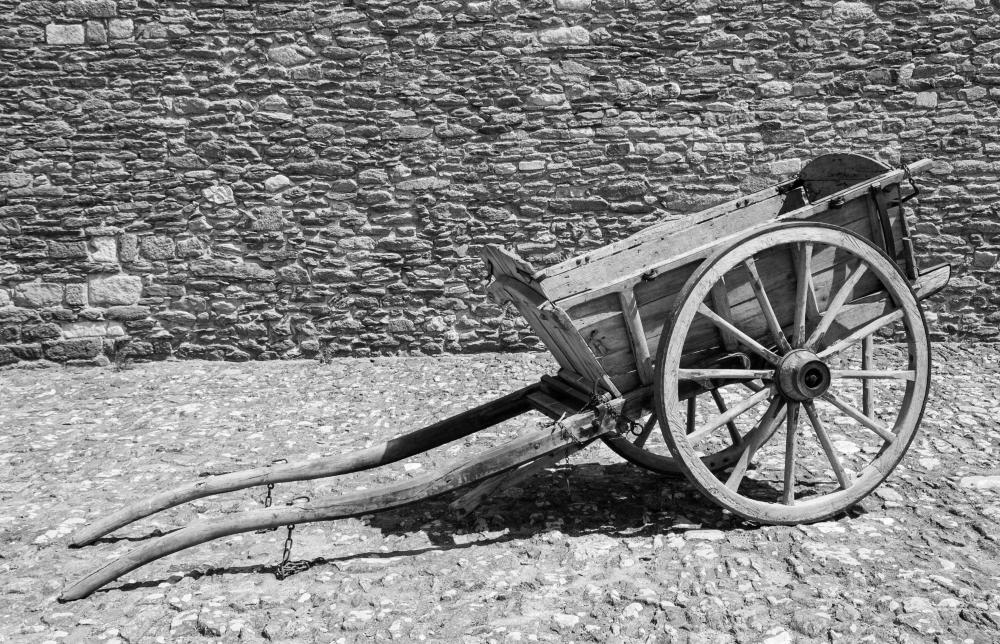
Horse-drawn wagons laid the foundation for guided transport systems
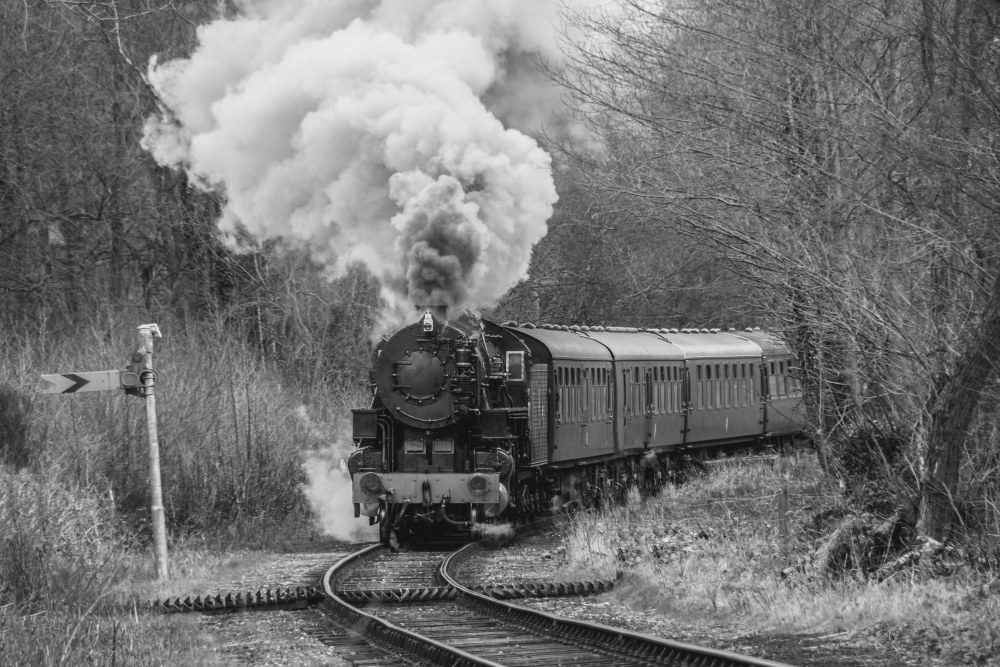
Trevithick’s Pen-y-Darren locomotive hauls 10 tonnes of coal over 10 miles in Wales
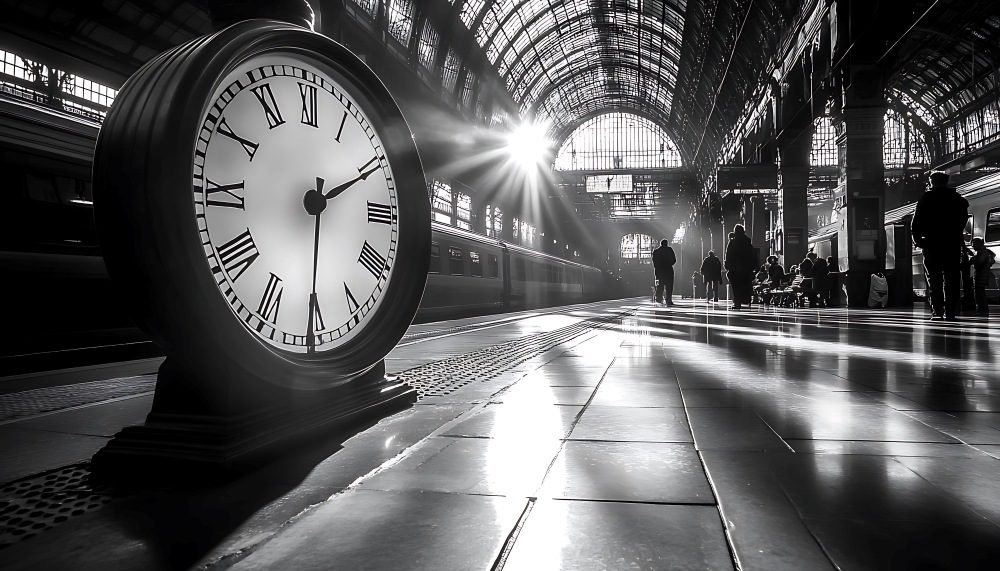
Swansea and Mumbles Railway carries passengers for a fare
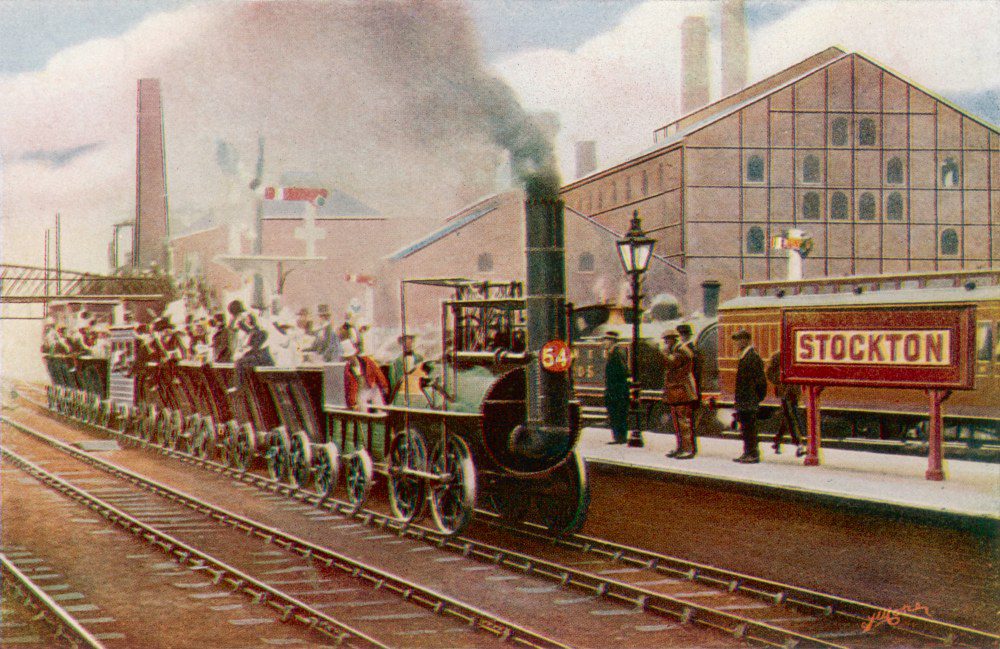
Stockton & Darlington Railway opens on 27 September
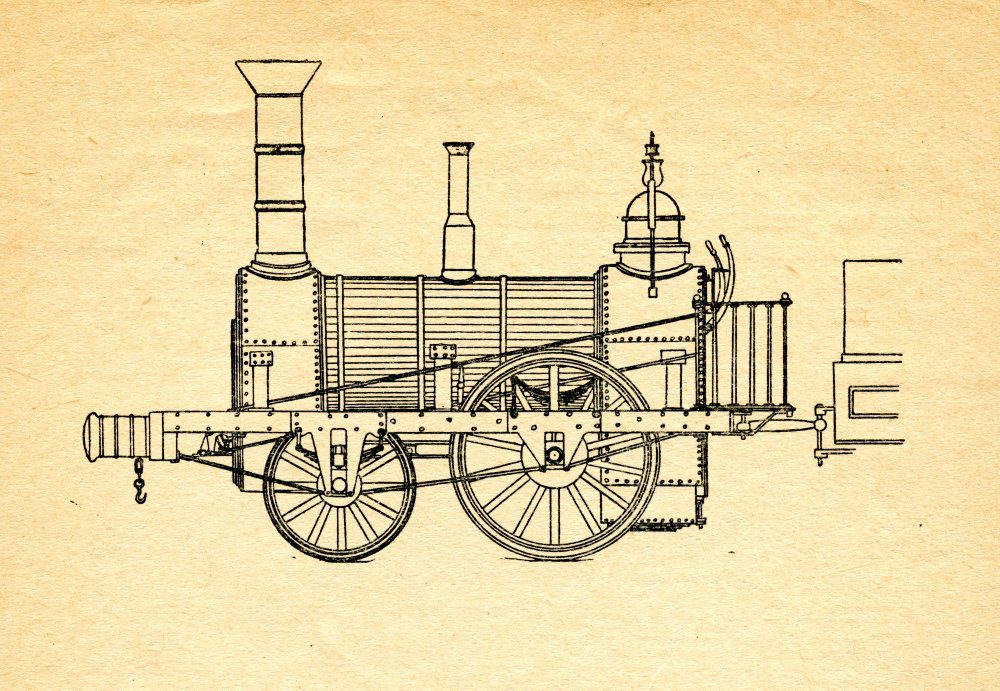
Stephenson’s Locomotion No. 1 travels 26 miles with passengers
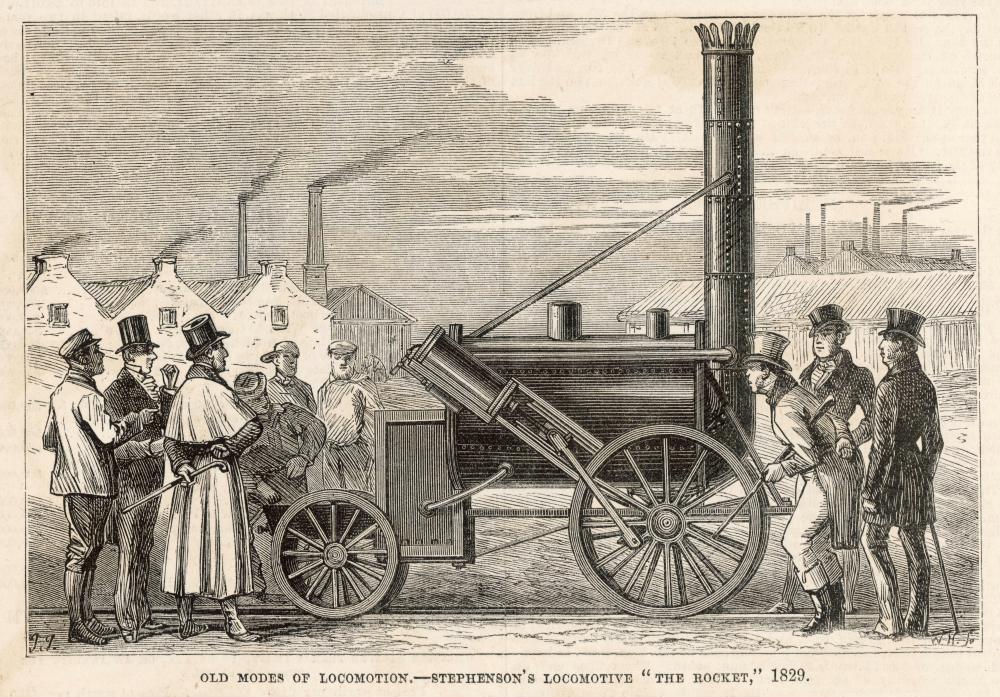
Wins Rainhill Trials, setting the standard for steam locomotives
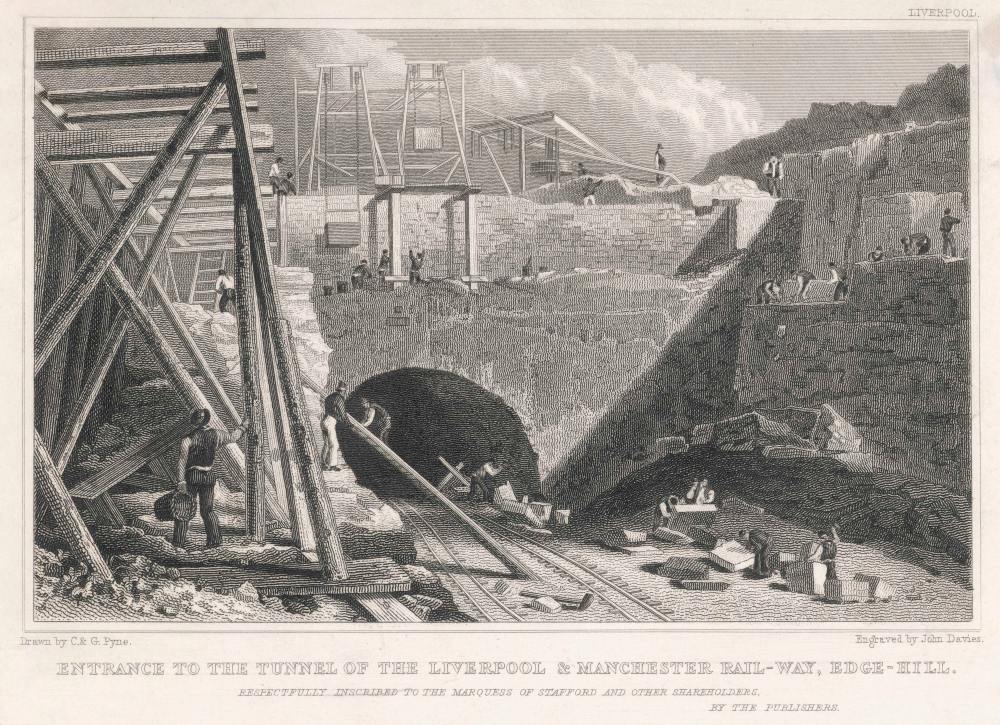
First fully operational inter-city railway with scheduled services and signalling

Swindon and Crewe grow rapidly
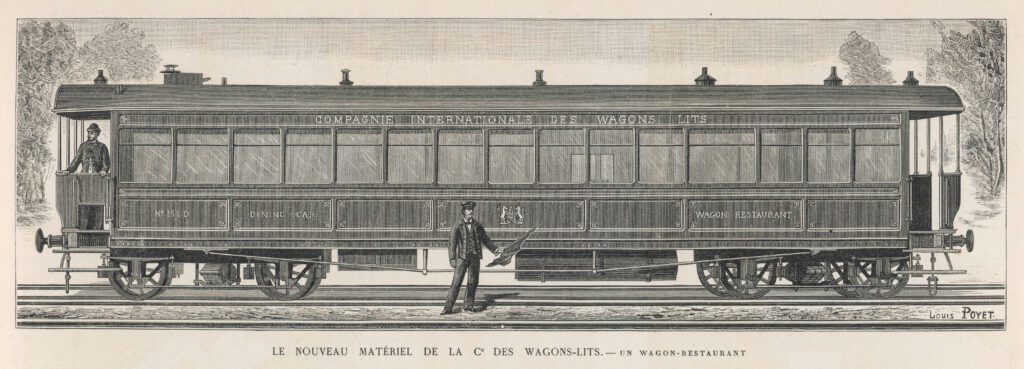
Third-class carriages get roofs (1844)
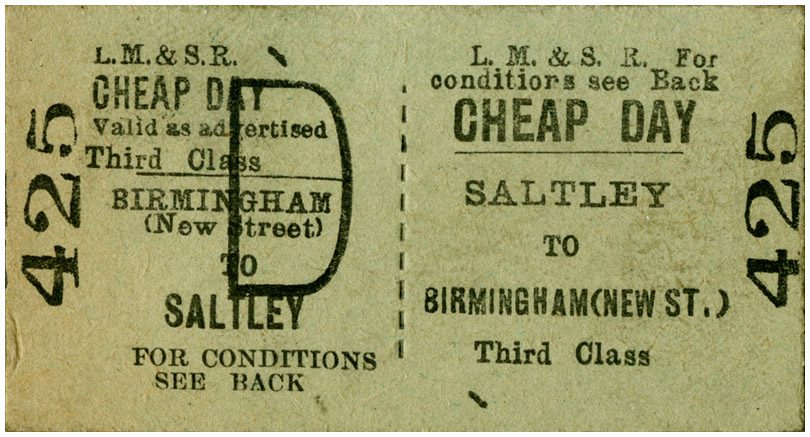
Edmondson tickets standardise travel
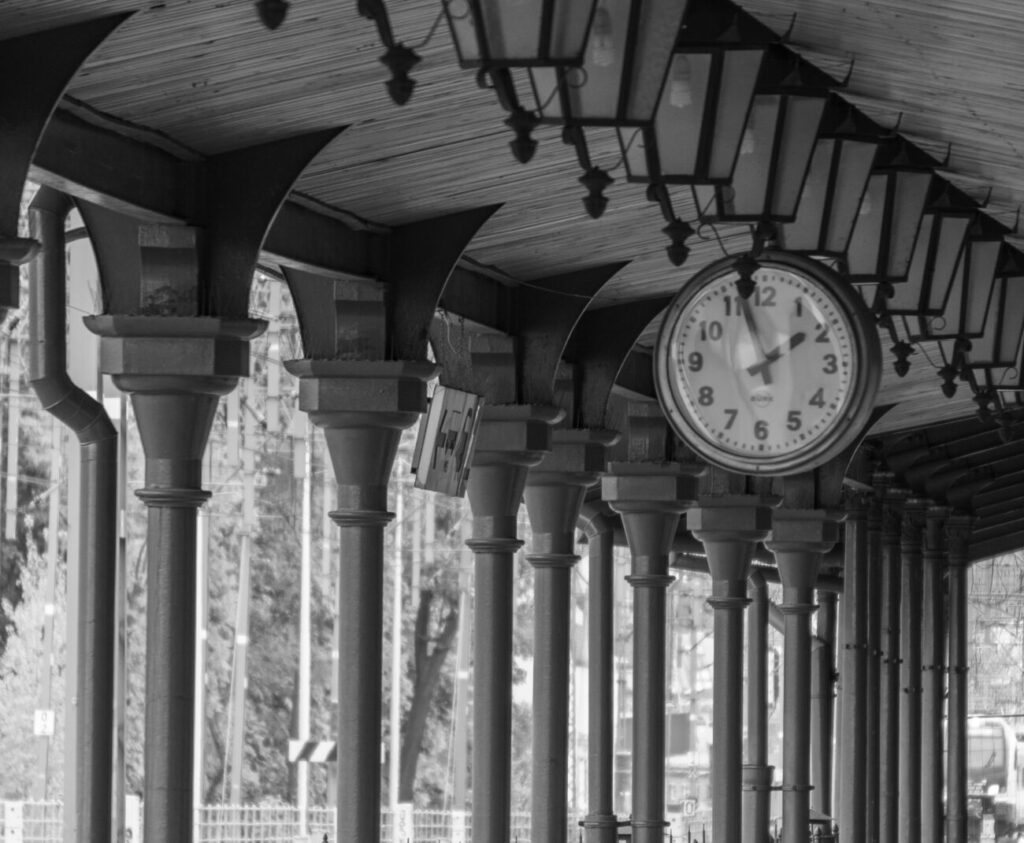
Greenwich Mean Time adopted across the network
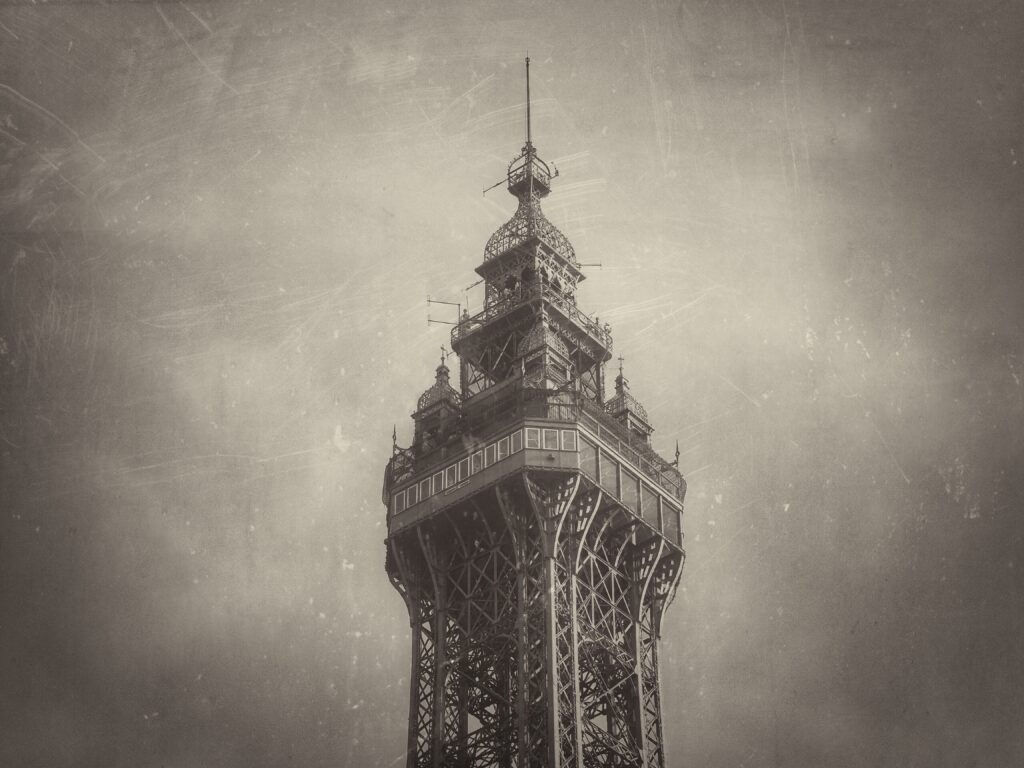
23,000 visitors travel to Blackpool in 1860
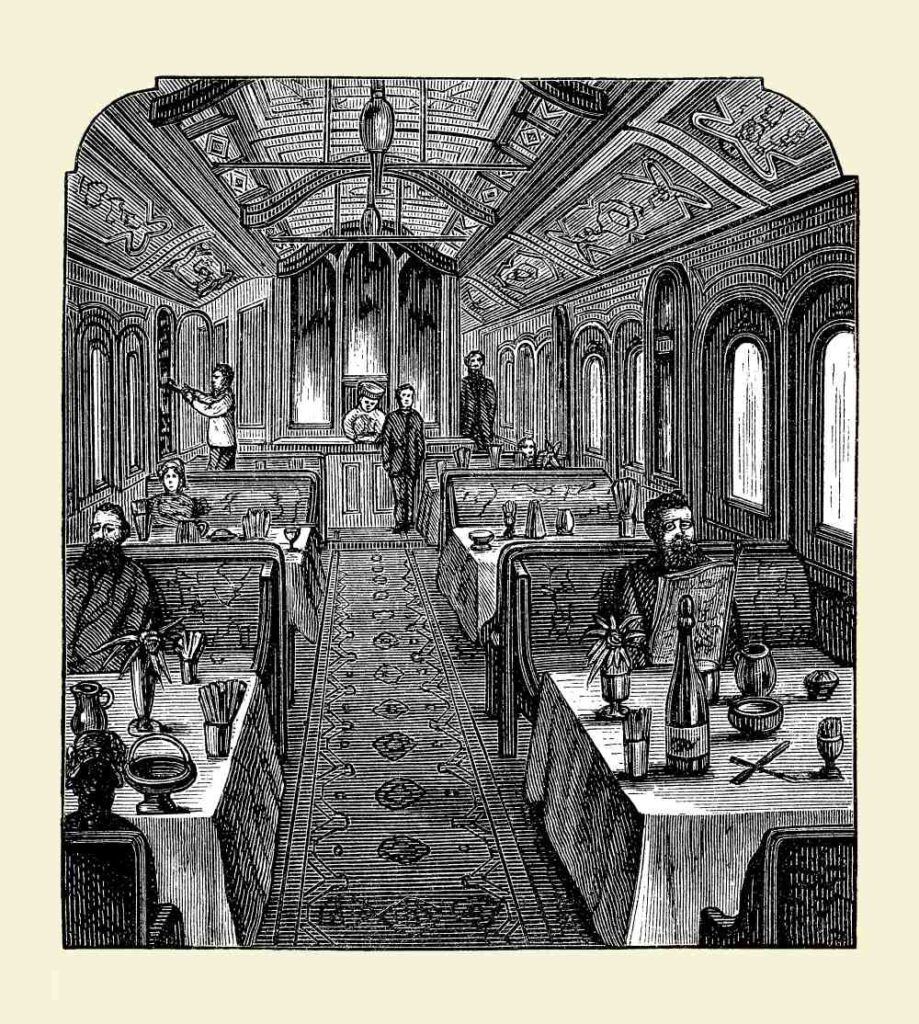
Sleeping and dining cars introduced
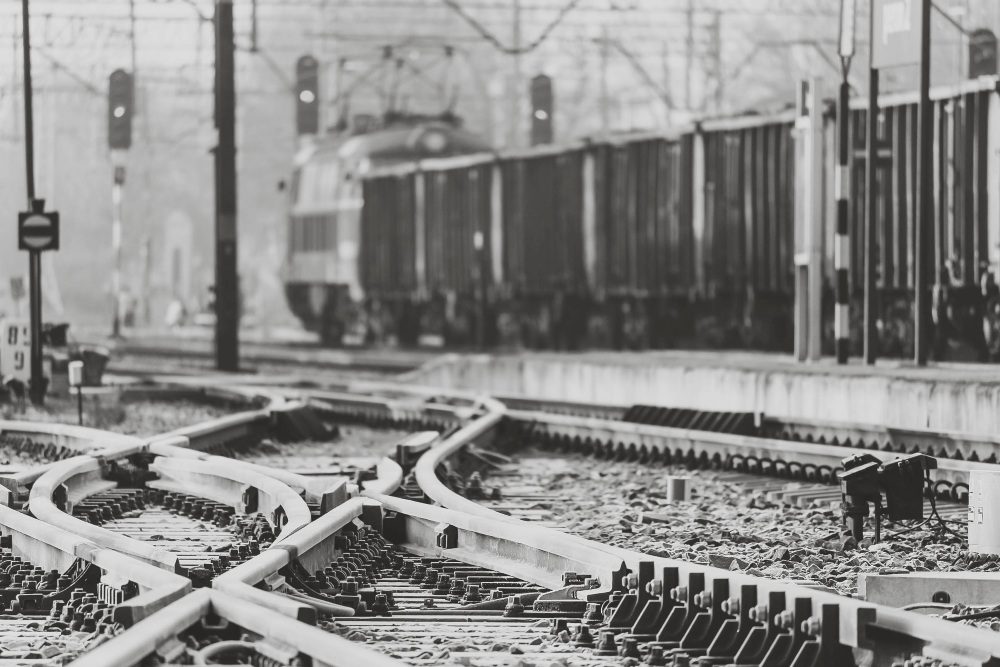
Abbots Ripton crash leads to improved signalling with “danger” as default
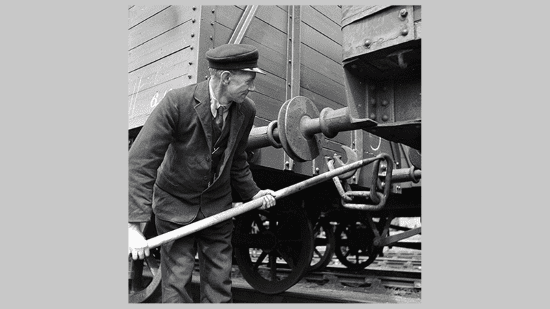
Safer coupling of rail vehicles
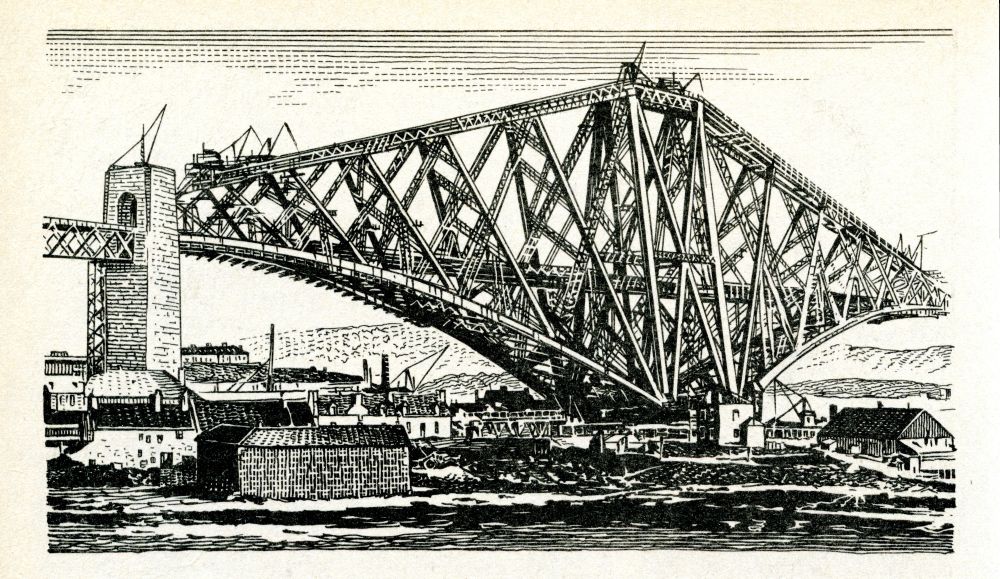
First major steel railway bridge in Britain
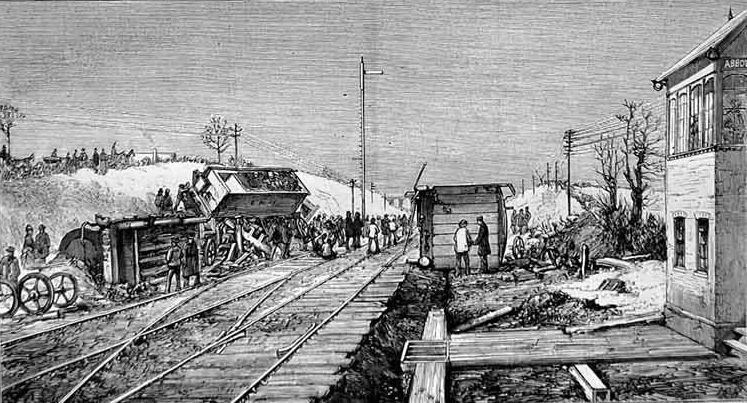
British Railways formed in 1948
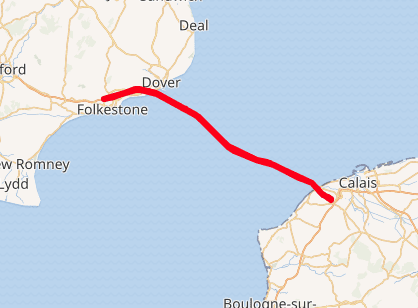
UK connected to mainland Europe by rail
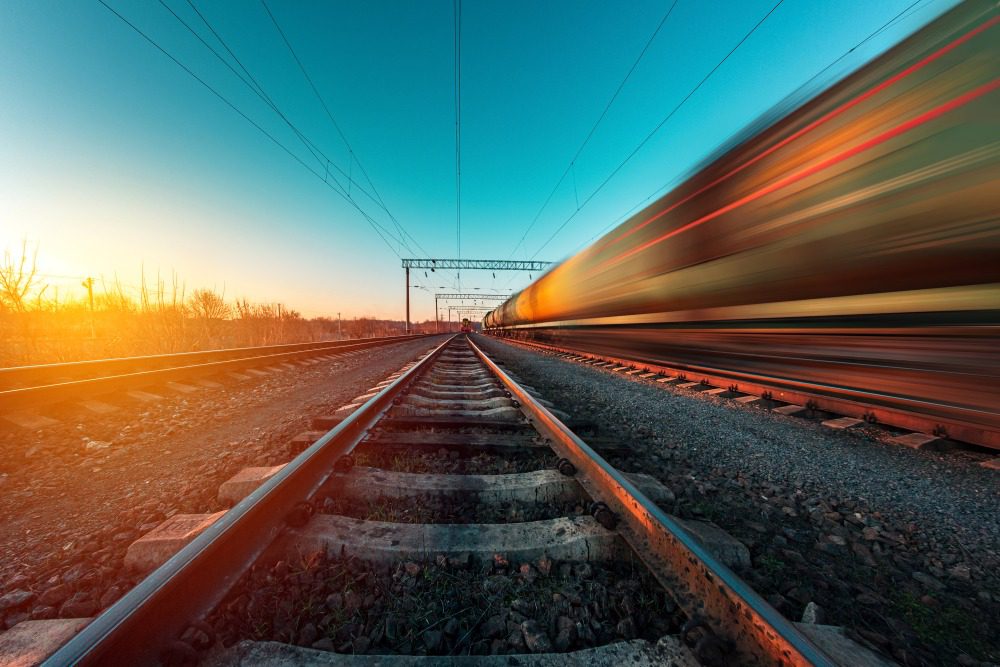
High-speed rail, digital signalling, and decarbonisation reshape the industry
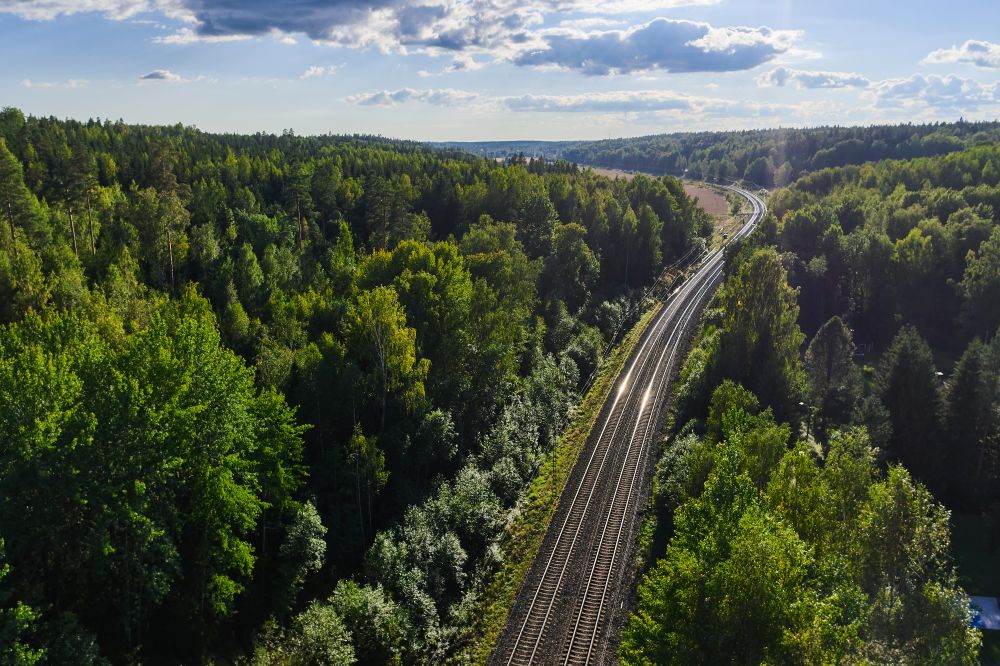
Railways play a key role in reducing carbon emissions and promoting green logistics

Nationwide celebrations, exhibitions, and educational campaigns
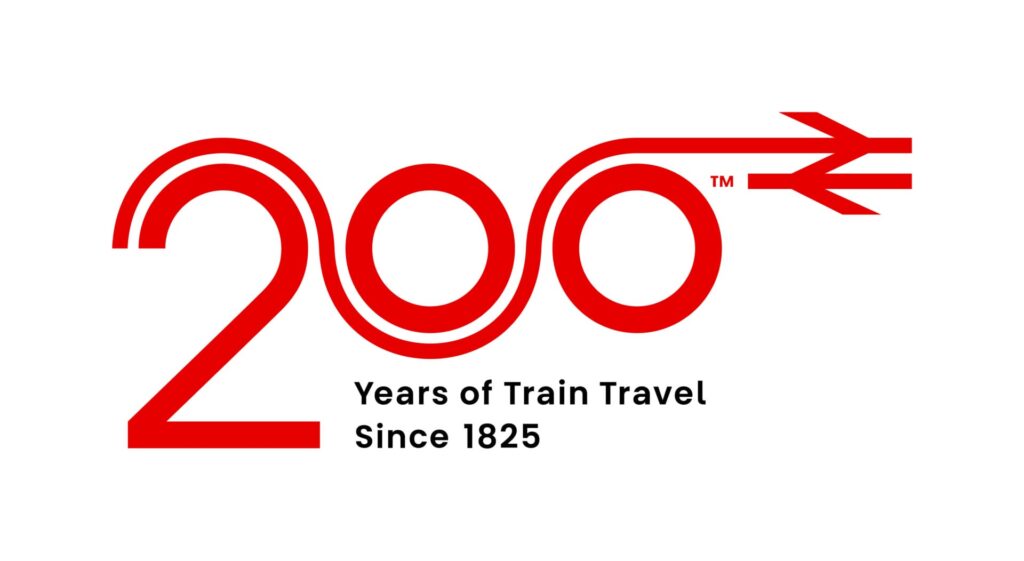
Railway 200 campaign highlights rail’s impact on society, economy, and innovation
The evolution of our own business has been significant over the decades. Initially we supplied experienced workers to our clients through NRL’s recruitment business, before quickly identifying an opportunity to deliver the maintenance services ourselves. In 2001 our Rail contracting business was established, purchasing the equipment needed to safely complete work for clients, whilst beginning to grow our contracting teams.
Fast forward to 2025 and combined our operations and contracting teams have a length of service with NRL spanning more than 300 years. This ensures we’re able to support our clients with in-depth industry knowledge and time-served maintenance services. We’re proud to deliver high-profile projects across the UK’s national rail infrastructure, as well as supporting clients with their private tracks. Our services have expanded over the years to now provide asset inspection, grinding, ultrasonic testing and advanced flaw detection.
Whilst our history may not span 200 years, we’re proud to have supported the rail sector for more than two decades.
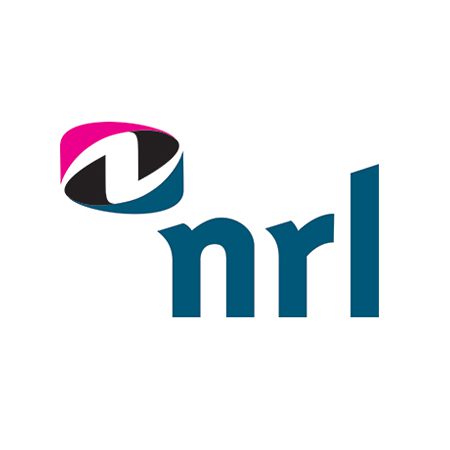
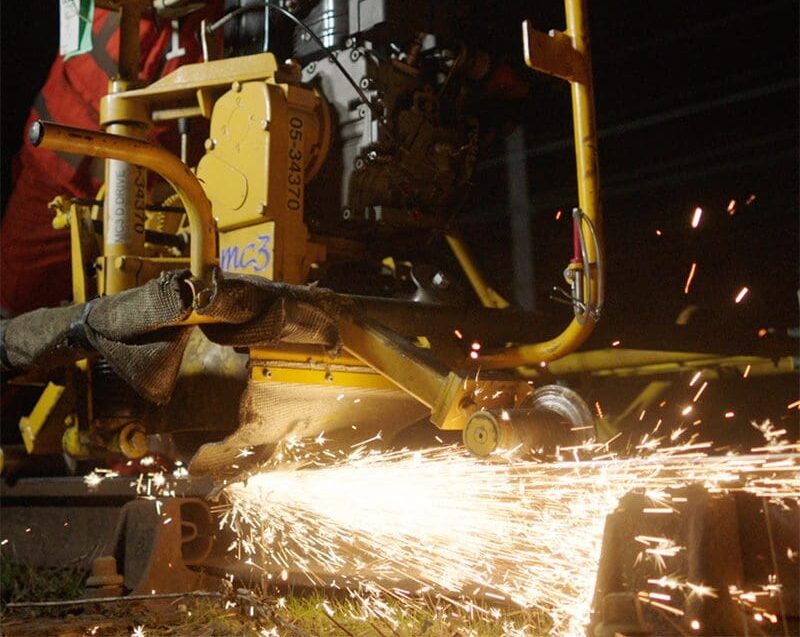
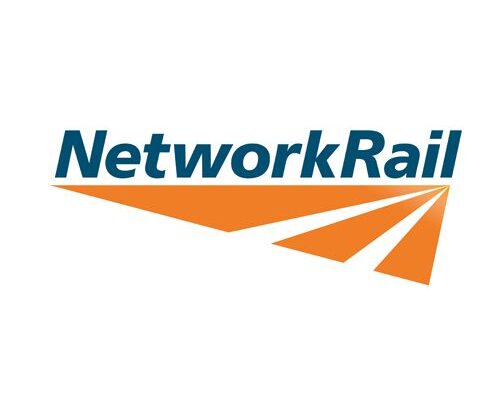
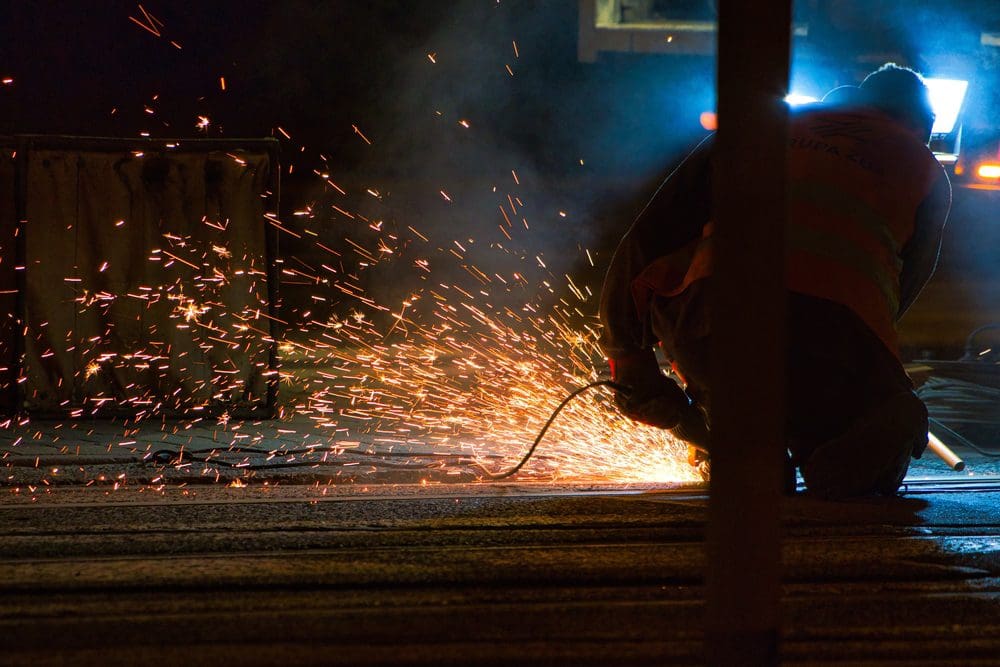


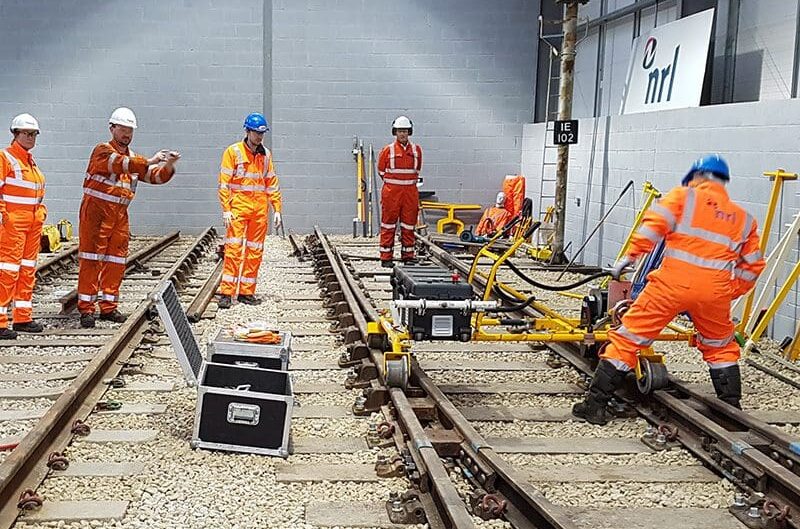
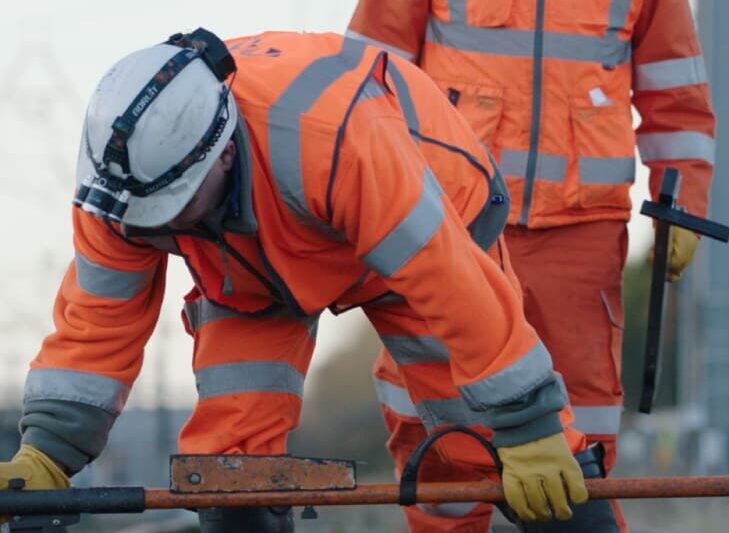
In the early days of rail travel, safety was minimal – passengers rode in open carriages, trains lacked signals or speed limits, and accidents were frequent. Over the centuries, the rail industry has undergone a dramatic transformation, evolving into one of the safest forms of transport. Today’s railways are protected by advanced technologies like automatic signalling, real-time monitoring, and fail-safe systems, alongside rigorous staff training and emergency protocols. NRL’s contracting teams are proud to play a key role in continuing this safety, through our preventative and proactive maintenance services. Each year, a stand down day is held to take time out of busy schedules to ensure safety remains front of mind for everyone working in our teams. As well as ensuring we’re looking after the health and wellbeing of our colleagues.

In recent years, electrification projects have been taking place across the network to support the industry’s decarbonisation efforts. Electric trains offer greater operational efficiencies and environmental benefits than their predecessors, and it’s an approach we share within our own maintenance operations. In 2021, alongside the wider NRL Group, we voluntarily signed up to become carbon neutral, offsetting any emissions we could not immediately eliminate by investing in environmental initiatives across the globe. Each year we look at how we can further reduce our footprint, from switching to electric vehicles in our maintenance fleet, to purchasing fully electric grinding machines to reduce fuel consumption.
As we look ahead to the next 200 years, the future of rail travel lies in embracing innovation that not only moves people safely and efficiently but also protects the planet. We’re looking forward to continuing our own journey to explore carbon reduction initiatives.